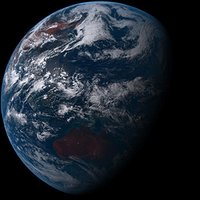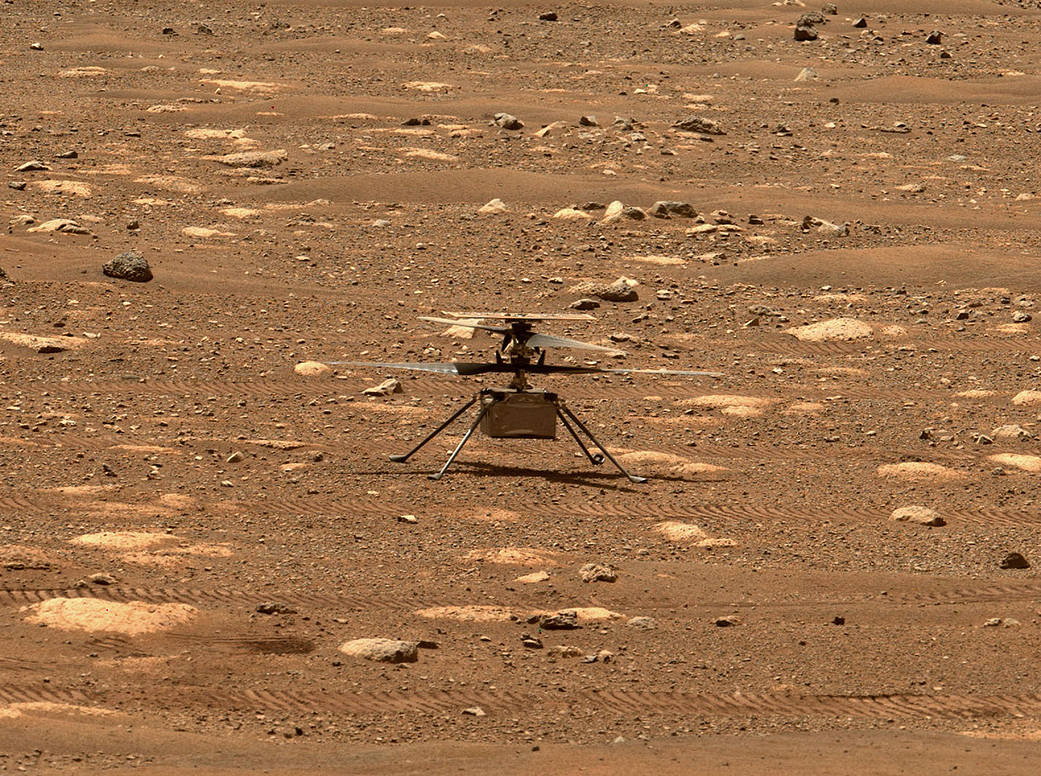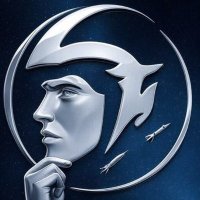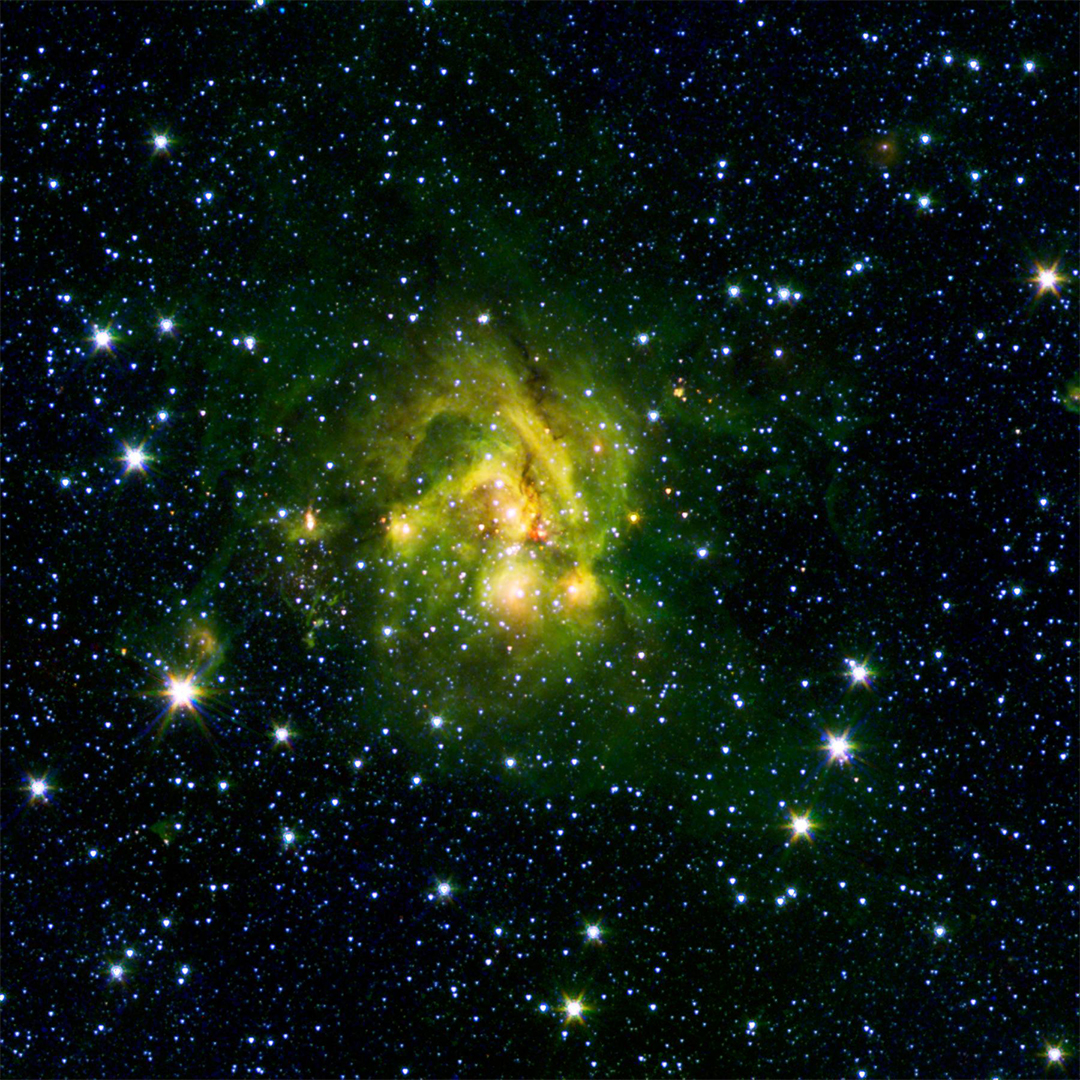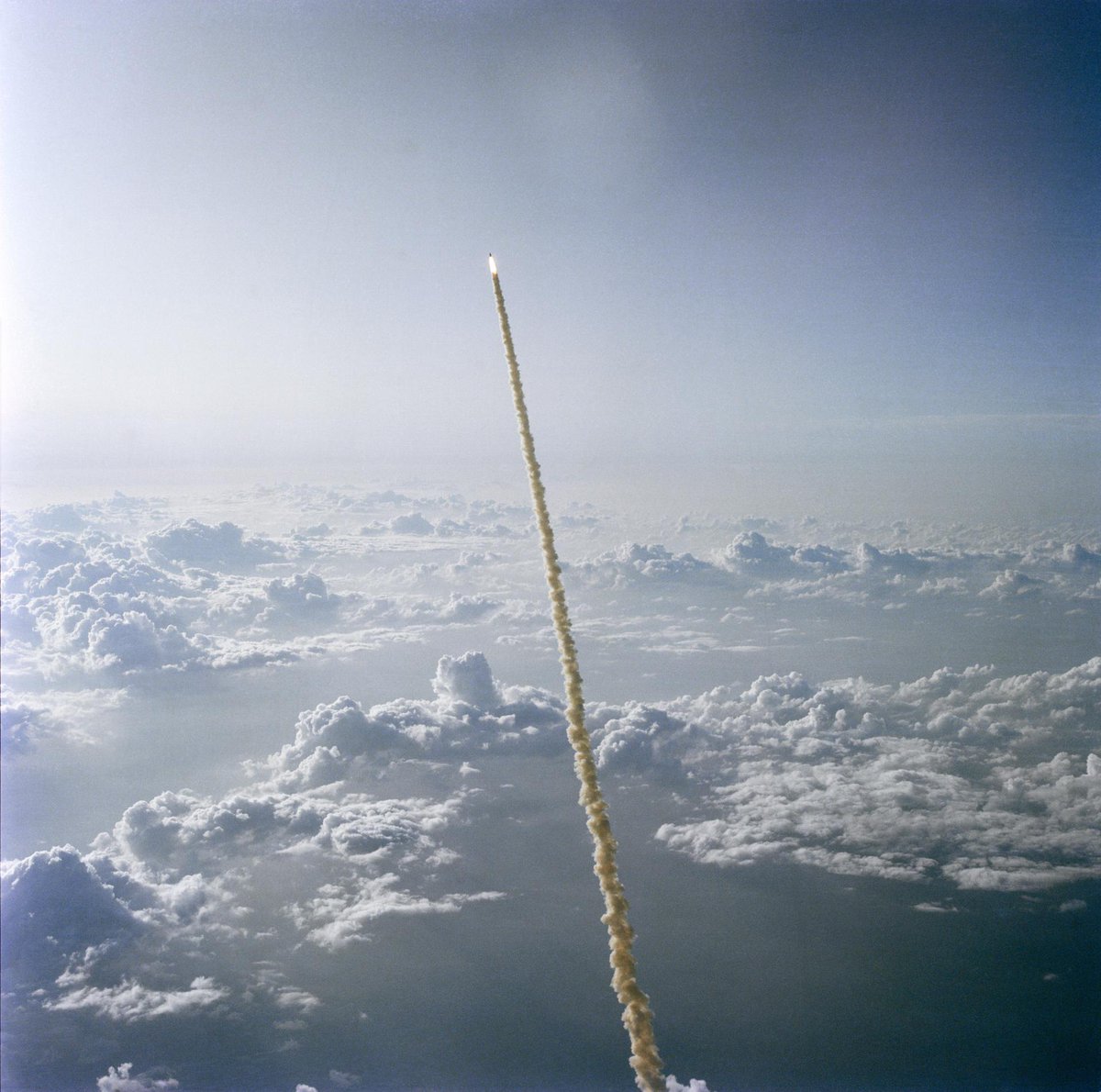
TechTranslate
@techtranslate_g
Technical and scientific facts, step by step explained by an engineer.
Every day, an interesting fact here on TechTranslate!
Please visit my YouTube channel.
ID: 1736187364010070017
https://www.youtube.com/channel/UCLQx0dy3998-xQERkfeeTCQ 17-12-2023 00:51:44
7,7K Tweet
1,1K Takipçi
569 Takip Edilen
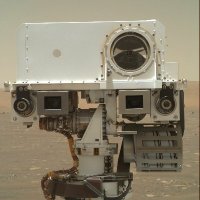
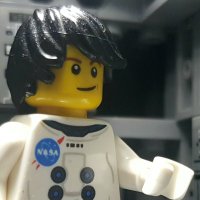

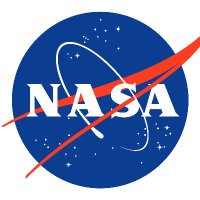
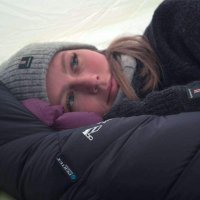






Researchers from the IAC Astrofísica and the CAVITY project have studied a rare merger between two dwarf galaxies occurring deep within a cosmic void, an extremely underpopulated region of the Universe. This event, involving galaxies with a combined mass of less than a





